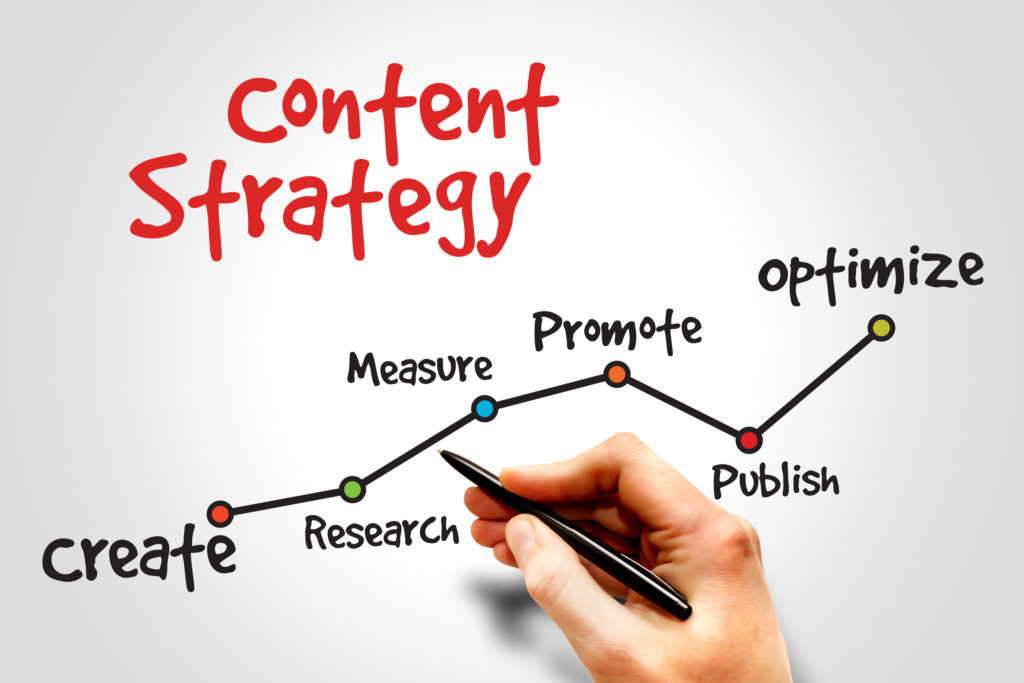Introduction:
In the ever-evolving digital landscape, content is king. But simply creating content isn’t enough—having a well-defined content strategy is essential for maximizing impact and achieving business goals. A content strategy helps businesses deliver the right message to the right audience at the right time, driving engagement, increasing brand visibility, and boosting conversions. In this article, we will explore what a content strategy is, why it’s important, key components of a successful strategy, and how you can craft your own content strategy for 2025.
Table of Contents
ToggleWhat is a Content Strategy?
A content strategy is a comprehensive plan that outlines how your content will be created, managed, and delivered to meet specific business objectives. It includes the types of content to be produced, the channels through which it will be distributed, and the processes for measuring its effectiveness. A digitalmarketing-tips.info/ aligns content creation with business goals such as brand awareness, lead generation, customer engagement, or sales.
Why is Content Strategy Important?
-
Consistency: A well-thought-out content strategy ensures that you consistently publish content that resonates with your target audience. This consistency builds trust and authority within your industry.
-
Improved SEO: By aligning content with SEO best practices, a content strategy helps your content rank higher on search engine results pages (SERPs), increasing organic traffic to your website.
-
Audience Engagement: A targeted content strategy helps create content that is relevant and engaging, increasing user interaction and enhancing customer relationships.
-
Resource Efficiency: A content strategy streamlines content creation, making it easier to prioritize tasks, allocate resources efficiently, and focus on producing high-impact content.
-
Achieving Business Goals: Content strategies are directly tied to business goals, ensuring that every piece of content contributes to the bigger picture, whether that’s driving sales, nurturing leads, or enhancing brand awareness.
Key Components of a Successful Content Strategy
A successful content strategy should be comprehensive, targeted, and adaptable. Here are the essential components that every content strategy should include:
1. Content Goals and Objectives
- Define Clear Goals: What do you want your content to achieve? It could range from increasing brand awareness and driving website traffic to boosting conversions or customer loyalty.
- Set KPIs (Key Performance Indicators): Establish measurable outcomes (e.g., page views, lead generation, social shares, etc.) to track progress.
2. Audience Research and Persona Development
- Identify Your Target Audience: Understand your audience’s demographics, interests, pain points, and behaviors. The better you understand your audience, the more effectively you can create content that resonates with them.
- Create Audience Personas: Develop detailed personas that represent your ideal customers. This helps tailor content to their specific needs and preferences.
3. Content Types and Formats
- Variety of Formats: Different content formats engage audiences in various ways. Consider using blogs, videos, podcasts, infographics, eBooks, case studies, social media posts, webinars, and more.
- Mix Long-Form and Short-Form Content: Long-form content (like detailed blog posts or white papers) helps with SEO and establishes thought leadership, while short-form content (like social media posts and quick videos) is great for engagement and immediate action.
4. Content Distribution Channels
- Website and Blog: Your website and blog should be the core of your content strategy, hosting long-form content, product details, and educational resources.
- Social Media: Use platforms like Instagram, LinkedIn, Facebook, and Twitter to engage with your audience and share your content.
- Email Marketing: Regular email newsletters or drip campaigns can help nurture leads and keep your audience engaged.
- Paid Ads: Use paid distribution methods, such as Google Ads or sponsored content on social media, to amplify your content’s reach.
5. Content Calendar and Planning
- Create a Content Calendar: Plan your content in advance to ensure consistency and avoid last-minute rushes. Your calendar should include the publication dates, topics, content formats, and distribution channels.
- Seasonal and Trending Content: Align your content strategy with industry trends, seasonal topics, and events that can generate additional relevance and interest.
6. Content Creation and Optimization
- High-Quality Content: Prioritize high-quality content that provides value to your audience, whether through solving problems, educating, or entertaining.
- SEO Optimization: Ensure that your content is optimized for search engines with proper keyword research, on-page SEO, and optimized headlines, meta descriptions, and alt text for images.
- Visual Elements: Incorporate visuals such as images, videos, charts, and graphics to make your content more engaging and shareable.
7. Content Promotion and Amplification
- Organic Promotion: Utilize organic methods, such as social sharing and influencer outreach, to promote your content.
- Paid Promotion: Invest in paid media, such as social media ads and sponsored content, to extend your content’s reach to a wider audience.
- Collaborations and Partnerships: Partnering with other brands or influencers can help increase visibility and credibility.
8. Analytics and Performance Tracking
- Measure and Analyze: Use tools like Google Analytics, social media insights, and email performance reports to track your content’s performance.
- Adjust Based on Data: Regularly analyze performance data and make adjustments to your content strategy to ensure you’re meeting your objectives.
Steps to Develop a Content Strategy for 2025
Here’s a step-by-step approach to creating a content strategy tailored for 2025:
1. Audit Your Existing Content
- Review the content you’ve already created. Which pieces have performed well, and which haven’t? Use this data to understand what resonates with your audience and what needs improvement.
2. Set SMART Goals
- Define goals that are Specific, Measurable, Achievable, Relevant, and Time-bound. For example, “Increase organic traffic by 20% in the next 6 months.”
3. Understand Industry Trends
- Stay informed about emerging trends like AI-driven content creation, voice search optimization, and interactive content. Factor these trends into your content strategy to remain competitive.
4. Create a Unified Brand Voice
- Ensure that your content reflects a consistent tone and style across all channels. This helps reinforce your brand identity and build stronger relationships with your audience.
5. Leverage User-Generated Content (UGC)
- Encourage your audience to create content related to your brand. UGC builds authenticity and trust, offering social proof that can influence purchase decisions.
6. Incorporate Video and Interactive Content
- With the rise of video consumption and interactive formats (like polls, quizzes, and live streams), incorporate these into your strategy to keep your audience engaged.
7. Test, Optimize, and Iterate
- Continually test new content types, formats, and distribution methods. Use A/B testing to determine what works best for your audience, and optimize your content based on data insights.
Conclusion
A well-crafted content strategy is essential for achieving digital marketing success in 2025. By defining clear goals, understanding your audience, choosing the right content formats, and utilizing the appropriate distribution channels, you can create content that not only drives traffic but also builds lasting relationships with your customers. Regular analysis and adaptation to emerging trends will ensure your content strategy remains effective and competitive in a rapidly changing digital landscape.
With the right approach, your content can become a powerful tool to help your business stand out, grow, and succeed in the year ahead.








